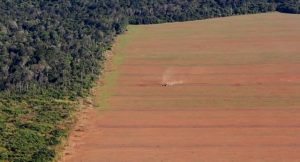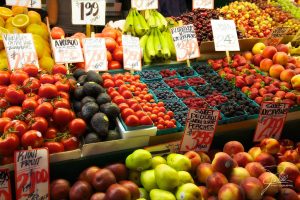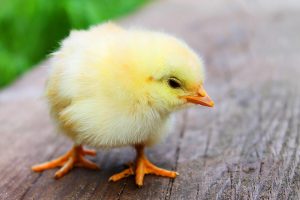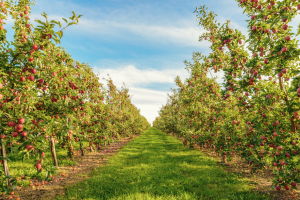Animal Farming Destroys our Resources

Animal farming not only pollutes our soil, it also pollutes the air we breathe, and the water we drink. Agricultural runoff includes water leaving farm fields due to rain, melted snow, and irrigation. As runoff moves, it picks up and carries pollution, which settles in ponds, lakes, coastal waters, and underground sources of drinking water.
Runoff contains chemicals, toxins, piss, and excrement, that comes out of the animal farms, and fills nearby lands, lakes, and rivers. We can easily find shocking maps showing how wide and far animal farm pollution goes. Some of these images show long and wide rivers of pollution dumping into our lakes and oceans every second of every day. The graph’s striking size make the Fukushima spill look like a normal occurrence.
The best example of this is found on The Gulf of Mexico’s Dead Zone. This area along the Louisiana coastline is filled with oxygen-depleted water, and contains almost no living creatures.
This dead zone’s size is at records levels, covering 8,776 square miles, an area the size of New Jersey. The National Oceanic and Atmospheric Administration expects these levels to rise since the Mississippi River continues to deliver a heavy load of pollution, high on nitrogen and phosphorus, into the Gulf. It is no secret that the vast majority of these pollutants come from agricultural activities. (1)
The people who suffer the most from this is the people who live near the farms. Sometimes their environment becomes inhabitable and people are forced to move. Pollutants range from contaminated water, to unbearable smells and chemicals in the air. Those who work in these farms develop a variety of physical, mental, and emotional problems.
We can find more reasons to condemn animal agriculture. One being the massive amounts of water used to keep cows alive, while they are raped, and fatten with artificially hormones.
The United States Geological Survey, a scientific agency of the United States government, has reported that it takes 1840 gallons of fresh water to get a single pound of meat. That is almost 7,000 liters for a single pound of needless animal flesh. (2)
Fruit production is way more efficient with its water use, producing many more calories per liter of water. Those who genuinely value water may want to reconsider the environmental effects of their diet.
Previous Section:
Acknowledgments
Next Section:
Acknowledgments
Thank you for reading!
Please donate to help us publish this book.
PayPal: trevesbruno@gmail.com
Venmo: @Bruno-Treves
Sources:
(1) https://www.npr.org/sections/thesalt/2017/08/03/541222717/the-gulf-of-mexicos-dead-zone-is-the-biggest-ever-seen
(2) https://water.usgs.gov/edu/activity-watercontent.php



